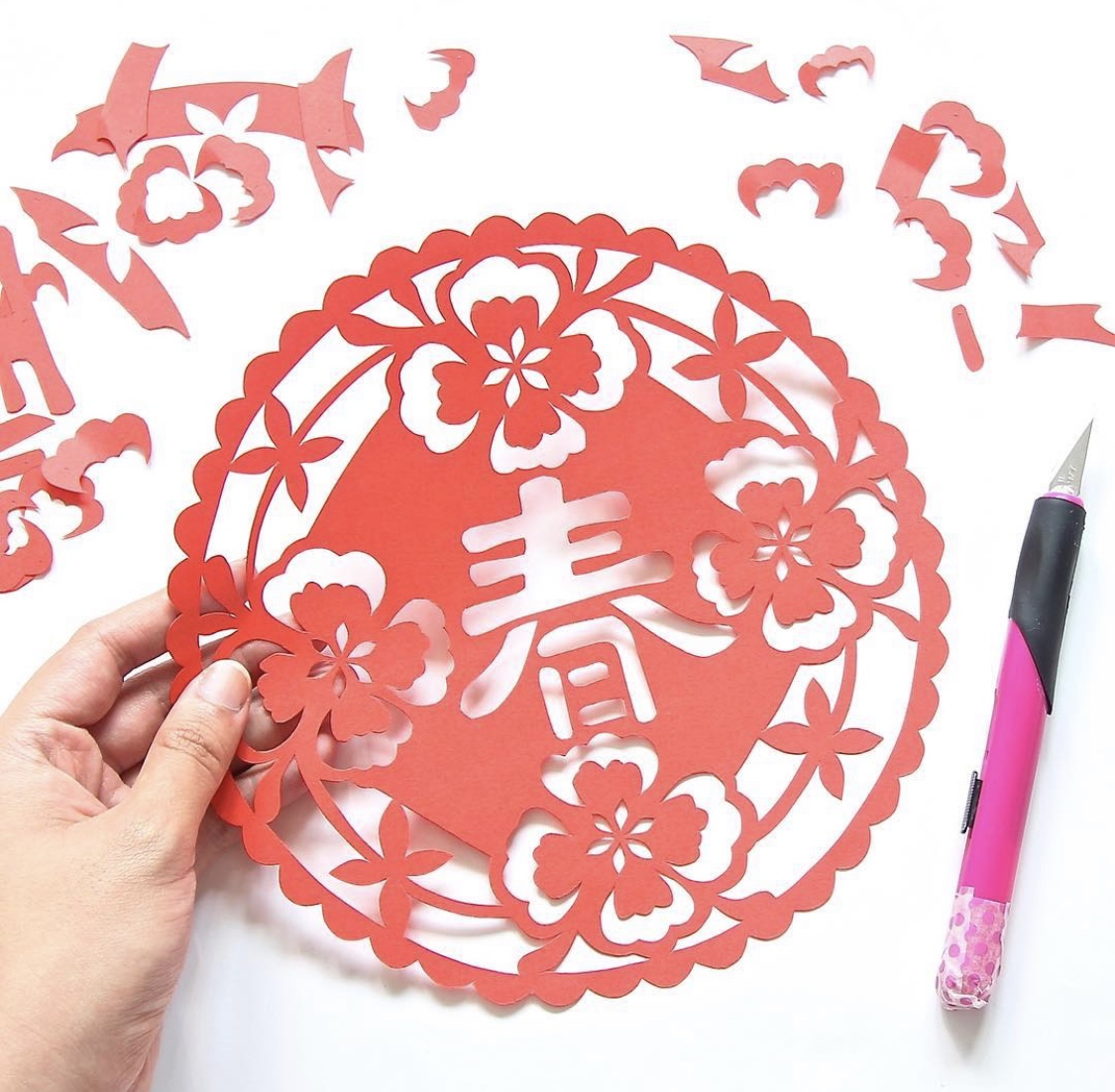By Rosie,
When is Chinese New Year 2020?

The Chinese New Year of 2020 falls on January 25th (Saturday) and lasts until February 8th — 15 days in total. 2020 is the Year of the Rat in the Chinese zodiac. Since the Rat is the first animal sign in the 12-year cycle, 2020 is considered a year of new beginnings and renewals. In Singapore, January 25th and 27th will be public holidays, so it will be a long weekend for festive celebrations to look forward to.
Legends behind the Year of the Rat

As the ancient Chinese myth told, the Jade Emperor, the ruler of all gods, hosted a race among animals. The first twelve arriving at the finishing line would be selected as zodiac signs. The animals had to cross a river to complete the race. How did the Rat, the worst swimmer, win the first place? The Rat hitched a ride on the Ox to cross the river. Upon reaching, the Rat jumped off first and won the first place in the ranking of the Chinese zodiac, and the Ox became the second.
What to Wear during Chinese New Year

Wearing new clothes during Chinese New Year symbolizes getting ready for a new start! Red is considered as a lucky color during the Chinese New Year period and it represents luck, happiness and passion. If 2020 is your zodiac year, red is especially lucky for you. Do stay away from black or white, as both are mourning colors and are typically worn during funerals.
Tangerines and Mandarin Oranges

During the Chinese New Year, Singaporeans are seen to be carrying two tangerines or Mandarin oranges when visiting friends and relatives. In Chinese culture, people regard even numbers as being more auspicious than odd ones, and “two” represents “good things in pairs”. Tangerines are believed to represent wealth, whereas oranges are a symbol of good fortune. Upon leaving, the host will often give back two tangerines or oranges to the guests.
Toss Your Way to Good Luck with Yusheng

Although Yusheng has long been a traditional dish in China and Malaysia, it became Singapore’s Chinese New Year tradition since the 1860s, when four chefs – Lao Yuke Pui, Than Mui Kai Yu, Hooi Kok Wai, and chef Sin Leung, re-invented the dish by adding shredded lettuce, celery, and carrots to it, with golden yellow sauce made from plum and orange juice, making Yusheng more colorful and cheerful. It has been a festive ritual in Singapore that people gather around the table, toss the Yusheng and say auspicious phrases before eating it. It is widely believed that the higher the toss, the more your fortune and prosperity in the coming year.
Chinese New Year Red Packets Rules

In Singapore, relatives, friends, and neighbors give red packets to each other during Chinese New Year. People usually do not give red packets to those who can be financially independent. However, if you really want to give out a red packet to someone, no one will stop you. In Singapore, the older you are, the fewer red packets you would receive. Elders who are not married are not supposed to give red packets to young generations. It is believed in Singapore that it is difficult for an unmarried person to marry someone, if they give red packets to young generations.
The amount put into red packets must be even numbers. It would be good if the amount ends with the number 8. 8 and “fa” are homophonic, which symbols wealth and prosperity. Do avoid numbers ending with 4, as it sounds like ” death” in Chinese.
According to a recent survey in Singapore, Singaporeans put different amounts into red packets for different people. For parents and in-laws, the amount ranges from SGD 200 to SGD 500; for siblings, the amount ranges from SGD 20 to SGD 50; for children, the amount ranges from SGD 28 to SGD 100. The amount is for reference only, as the circumstances vary.
After the Chinese New Year holiday, red packets will be given out to employees in companies. Some companies offer red packets of a basic amount of SGD 10, and some give auspicious numbers of SGD 28, SGD 38, and SGD 58. Of course, there are SGD 200 big red packets in some industries. There is no fixed rule.
In Western culture, when people receive gifts, they often open them immediately and express their thanks. However, in Singapore, you are not advised to open the red packets immediately. It is considered impolite.
Chinese New Year Decorations
Here are some of the most iconic Chinese New Year decorations. Start decorating your house and bring good fortune!
1) New Year Couplets

With black or golden Calligraphy Chinese characters written on red paper, Chinese New Year Couplets are usually with two longer strips vertically pasted on each sides of the doorway and a four-character horizontal scroll on the door head.
2) Chinese Red Lanterns

Chinese New Year red lanterns not only symbolizes the family reunion and prosperity of the business, but also happiness, light, vitality, fulfillment and wealth.
3) Red Paper Cutting

Usually seen on windows, red paper cutting during Chinese New Year literally means “window flower” in Chinese. They are usually in shapes of auspicious words such as “Fu”, and symbols such as fish, peaches, dragons, or animal of the zodiac year. In Mandarin, the word “fish” is a homophone to “surplus”. Thus, fish symbolizes surplus and wealth. Peaches and dragons are legendary symbols of good luck, a long life and wisdom.
4) Fu Characters

The word “Fu” is interpreted as blessings and fortune in Chinese culture. Nowadays, many people stick “Fu” on the door upside down, as the character “upside down” in Mandarin is a homophone for “arrive”, which means “blessings are arriving”.
However, this is not how our Chinese ancestors usually did it. In the tradition, there are only two places where the word “Fu” is pasted inverted. One is on the water tank or trash can, since the contents of these two areas are usually poured out. In order to avoid “blessings” to be “poured out”, our ancestors pasted “Fu” upside down, to express their pursuit of a better life. The other is on the cabinet inside the house. Since the cabinet is a place to store items in, when the word “blessing” is pasted upside down, it implies leaving the blessing in the cabinet and at home.
The main door is the entrance of a dignified family, and it is a solemn and respectful place. “Fu” should be posted right side up, so it signifies “welcoming blessings to the family”.
















